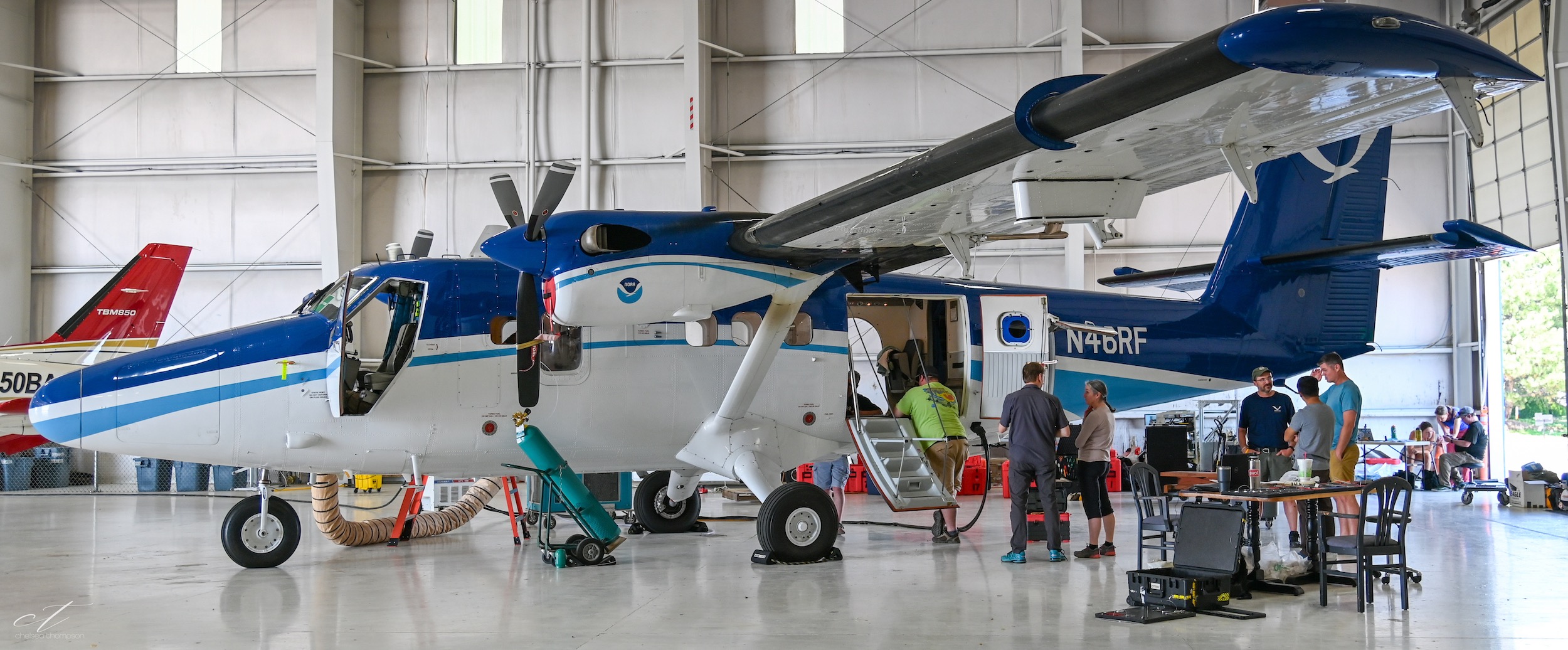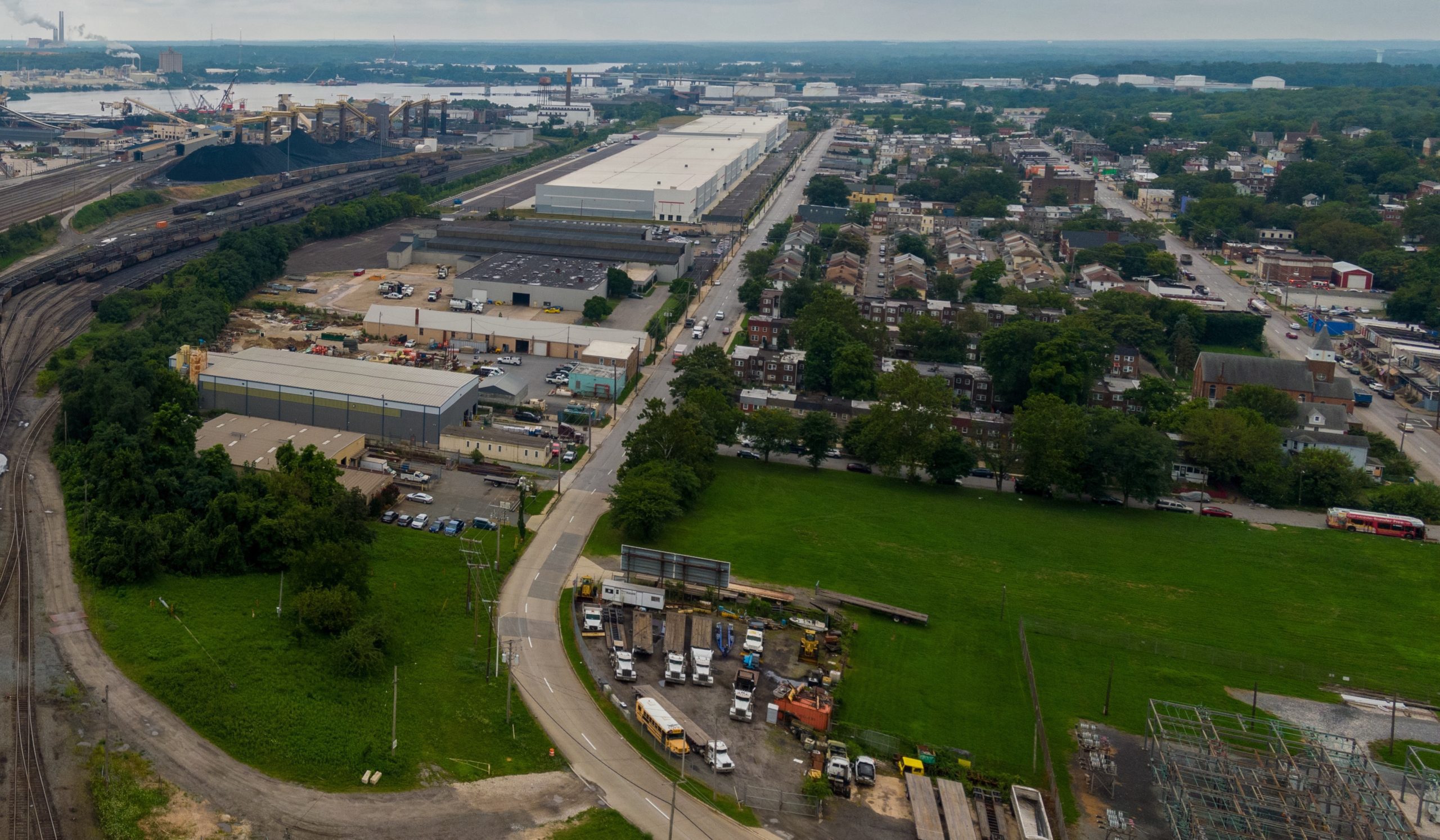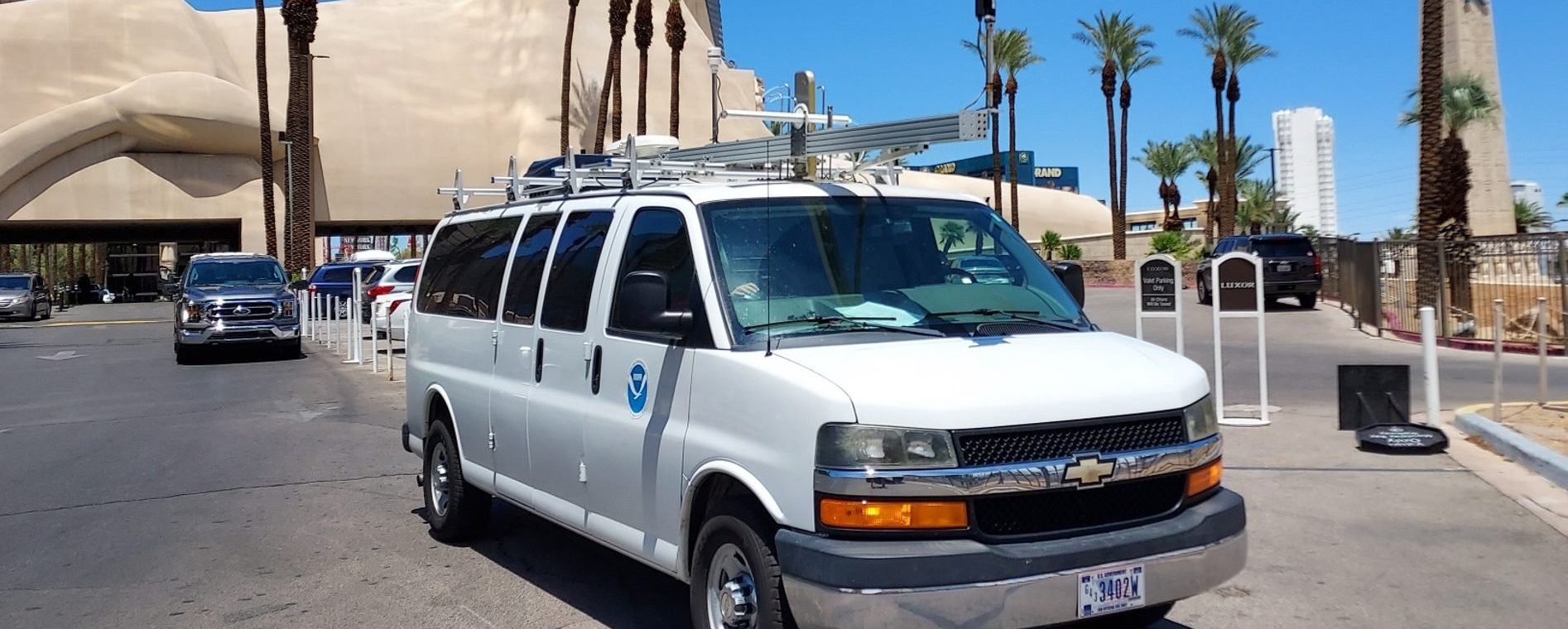New instrument is smaller, lighter and much more sensitive to low concentrations of nitrogen oxides
Unsatisfied with the standard research-grade instrument used to measure one of the most significant sources of air pollution, nitrogen oxides, or “NOx”, NOAA scientist Andrew Rollins decided to build a better one.
In the last 20 years, a number of intensive field campaigns have investigated urban air pollution in several major cities, including NOx, which is generated by burning fossil fuels and other emissions. With research now turning to remote, less-polluted areas, a more sensitive instrument was needed, Rollins said.
“NOx continues to drive a lot of the chemistry we need to understand, especially in the remote background atmosphere, for example, over the oceans,” Rollins said. “But as we get farther from cities and our study areas get cleaner, what we want to measure is in lower and lower amounts.”
The new design invented by Rollins, a researcher with NOAA’s Chemical Sciences Laboratory, is small, light, easy to operate, and measures NOx at levels more than ten times lower than possible with the previous generation of research-grade instruments. Rollins was awarded a U.S. Patent for his innovative design in August 2022.
Before Rollins’ redesign, instruments used to measure NOx hadn’t changed much since the 1970s. The size of a washing machine, the standard, research-grade NOx instrument weighs several hundred pounds, and has electronics that have to be cooled to ultra-low temperatures. This made the old instrument difficult to load onto research aircraft, where every cubic inch and pound is at a premium. The standard instrument is also unable to measure NOx at levels low enough to answer important scientific questions. Thousands are still in use around the globe.
Rollins’ version is about the size of a microwave oven and weighs about 70 lbs. One of his custom-built instruments is currently flying aboard NASA’s WB-57 research aircraft during CSL’s ongoing SABRE field campaign. The previous instrument would barely fit in this special high-altitude plane at all.
Rollins’ invention continues a rich tradition of NOAA scientists designing and building custom instruments for atmospheric research, said David Fahey, director of NOAA’s Chemical Sciences Laboratory. “This invention enables the kind of high-risk, high-reward ‘disruptive science’ our lab strives for,” he said. “By pushing the boundaries of what we are able to observe and measure in the atmosphere, we’re shifting the paradigms of what we thought we knew.”
A major technological advancement
The current research-grade instrument measures NOx indirectly by using a technique called chemiluminescence, which creates a chemical reaction between NOx and ozone inside a chamber in the instrument to generate photons (or light). This is converted into an electrical signal that is proportional to the amount of NOx in the sample. Since NOx is not being measured directly, other reactions involving ozone inside the chamber can reduce the accuracy of the measurement.
In contrast, Rollins’ design measures NOx directly with a technique called laser- induced fluorescence, or LIF. It uses a fiber-optic laser to excite NOx molecules, causing them to produce photons in a narrow range of wavelengths that are specific to NOx. This technique is not subject to interference from other gases and allows for a very precise detection of NOx at very low levels. Laboratory testing showed Rollins’ instrument is capable of accurately measuring NOx in the atmosphere down to ~0.3 parts per trillion, a tremendous improvement necessary for research in relatively unpolluted air.
The new design requires much less servicing as well. The older instrument needs to have refrigerant added every 12 hours or so. “We did a study last summer where we left the new one at a site on Bermuda for a month, where it continuously measured NOx levels. at 5 parts per trillion” he said. “We wouldn’t have been able to get measurements anywhere close to that with the old instrument, and we would have had to service it once or twice a day.”
In 2018, Rollins’ decided to adapt the LIF approach he’d used in an earlier instrument he’d invented for measuring sulfur dioxide. The key to the NOx instrument, he said, was the custom-built fiber-optic laser he had developed with the help of engineers from the the Department of Commerce’s National Institute of Standards and Technology, which has a major lab located next door to NOAA’s David Skaggs Research Center in Boulder.
The first purpose-built NOx prototype was finished about a week before a massive 2019 NASA-NOAA aerial research mission to investigate wildfire smoke, called FIREX-AQ, launched.
The patenting process
NOAA patents and then licenses new technologies to move them from NOAA’s labs into the hands of scientists and other users worldwide, where they can ultimately have broader impact.
“Patenting a technology protects the invention and gives NOAA the authority to decide the best approach for driving adoption of the technology,” said Wayne MacKenzie, NOAA Technology Transfer Program Manager, whose office submitted the patent application. “Holding a patent can also allow NOAA scientists to work closely with commercial partners and ensure that technologies are manufactured to high standards.”














